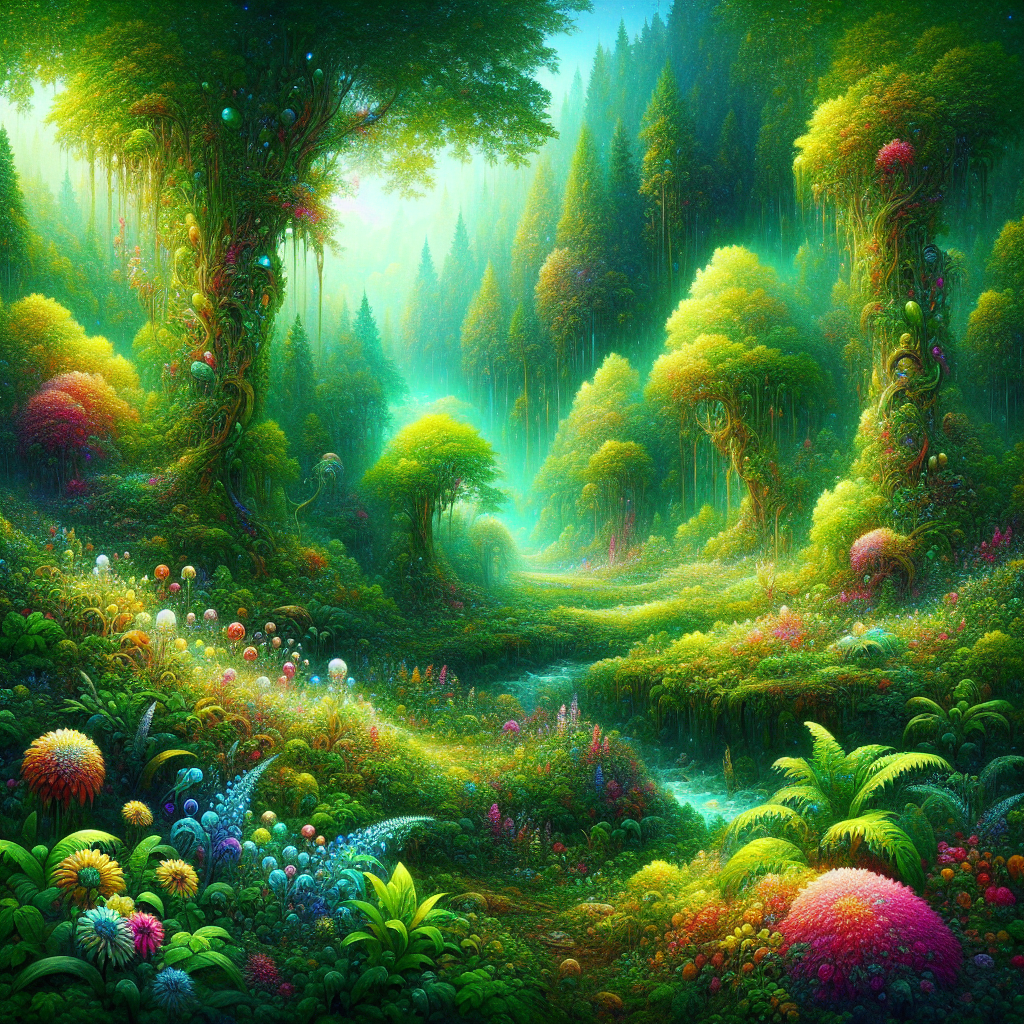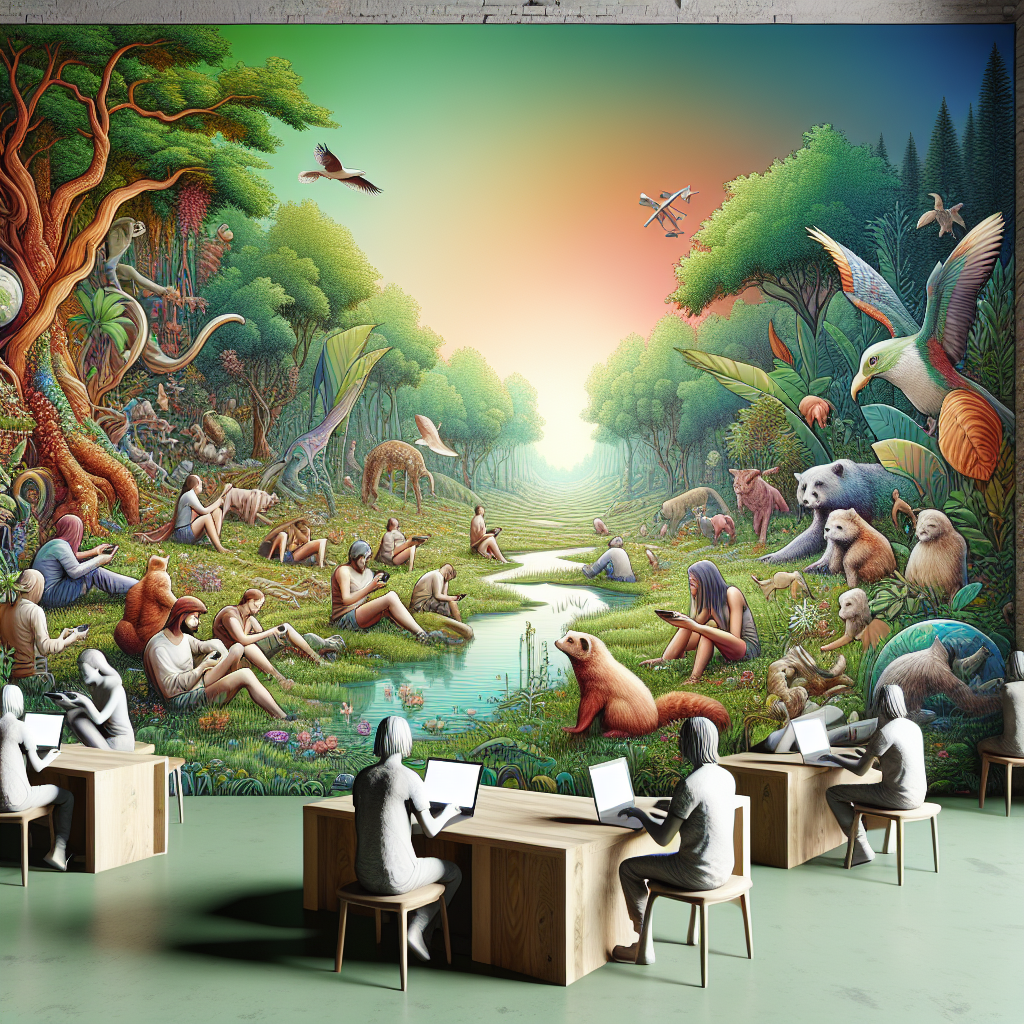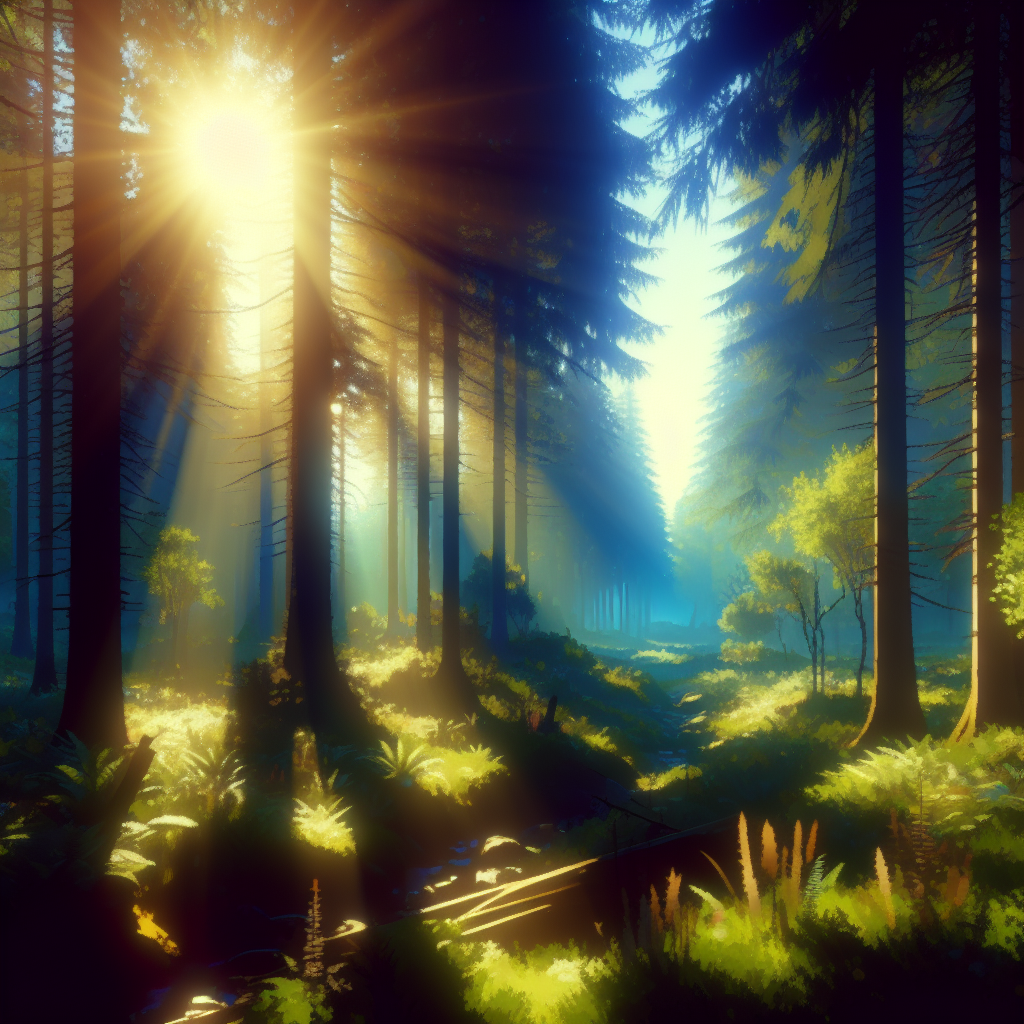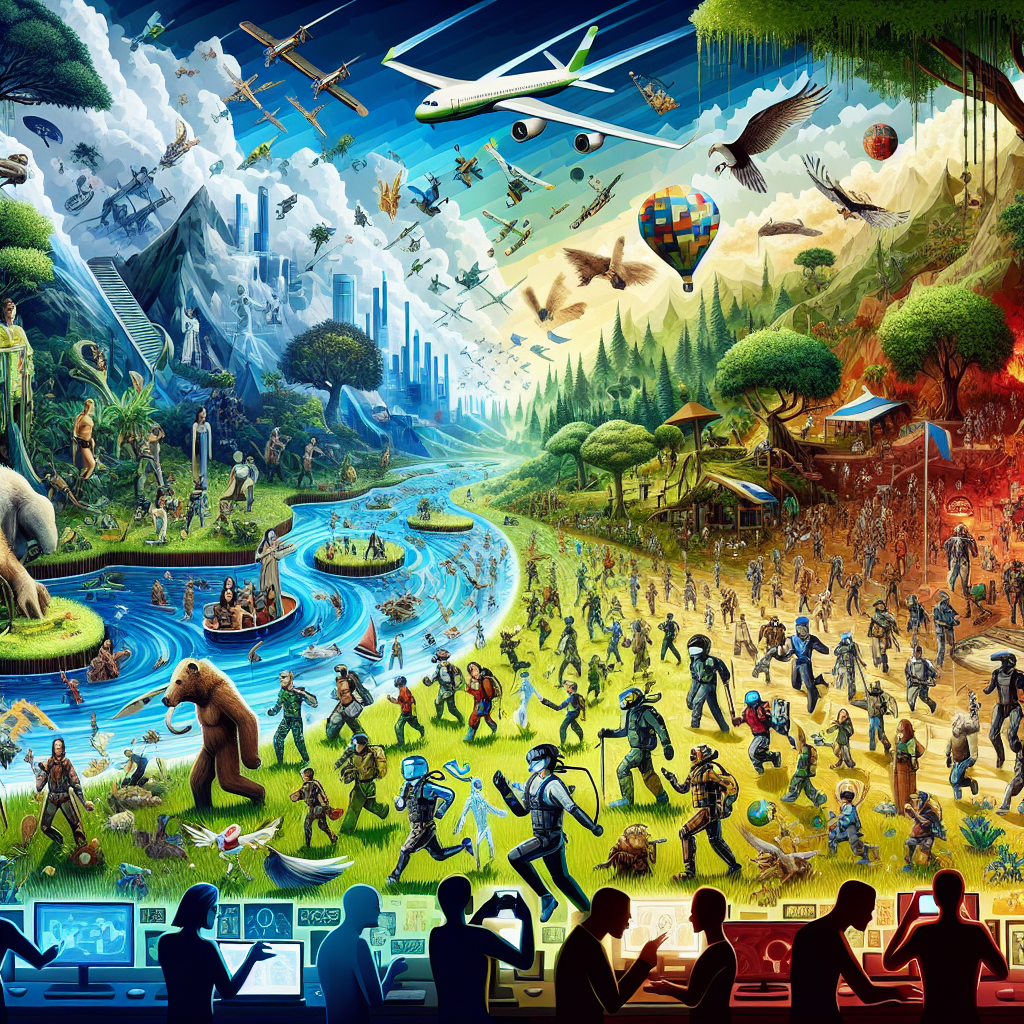In recent years, the gaming industry has seen a significant shift towards incorporating nature elements in games. These nature elements in games not only enhance the visual appeal but also play a crucial role in gameplay and storytelling. Gamers are increasingly drawn to immersive environments that reflect the beauty and complexity of the natural world. This article explores the trending nature elements in games, showcasing how they are shaping player experiences.
1. Realistic Landscapes and Ecosystems
One of the most noticeable trends is the creation of realistic landscapes and ecosystems. Game developers are now focusing on crafting detailed environments that replicate the intricacies of nature. From sprawling forests to arid deserts, these landscapes are designed to be visually stunning and believable. The use of advanced graphics and physics engines allows players to interact with their surroundings in a more meaningful way.
For example, games like “The Legend of Zelda: Breath of the Wild” have set new standards for open-world design, allowing players to explore a vast landscape filled with diverse ecosystems. The integration of weather systems and day-night cycles further enhances the realism, making nature elements in games a focal point of the experience.

2. Flora and Fauna Interactions
Another exciting trend is the interaction between players and the flora and fauna within these environments. Many games now feature dynamic ecosystems where players can engage with wildlife and plant life. This interaction can range from gathering resources to battling creatures, which adds layers of depth to gameplay.
For instance, in “Ghost of Tsushima,” players can observe and interact with the environment in a way that feels organic and immersive. The game’s attention to detail in representing nature elements in games allows players to feel a connection to the world around them. This interaction not only enriches the gameplay but also promotes a sense of responsibility towards nature and conservation.
3. Symbolism and Themes
Nature elements in games are also being used to convey deeper themes and messages. Many developers are incorporating environmental storytelling into their narratives, using the natural world to reflect characters’ journeys or societal issues. The landscape often serves as a metaphor for the characters’ emotional states or the conflicts they face.
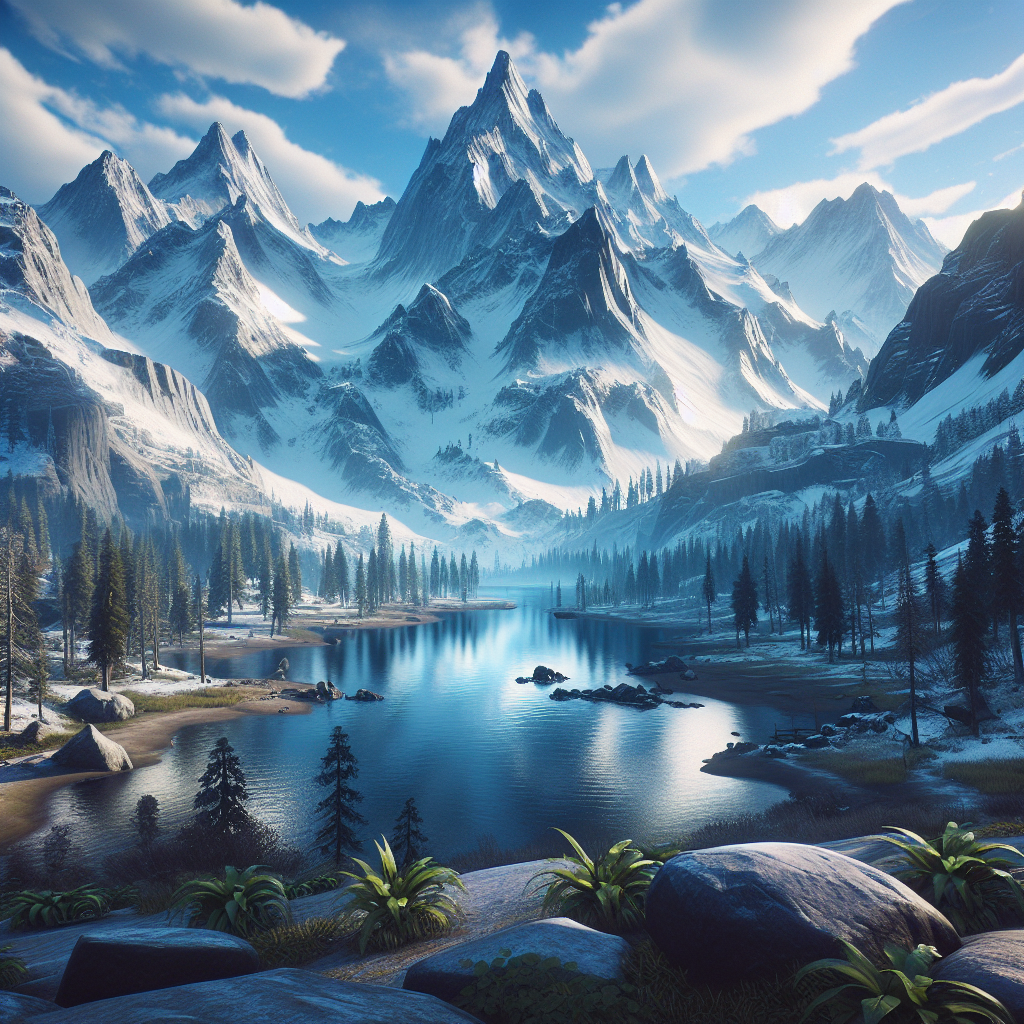
In games like “Journey,” players traverse a desert landscape that symbolizes isolation and self-discovery. The use of nature elements in games as a storytelling device allows for a more profound emotional connection, engaging players on multiple levels.
As the gaming industry continues to evolve, the trend of integrating nature elements in games is likely to grow even stronger. Developers are increasingly recognizing the value of creating immersive environments that resonate with players. Whether through realistic landscapes, interactive ecosystems, or meaningful symbolism, nature elements in games are becoming a staple in modern game design.
In conclusion, the incorporation of nature elements in games enriches the overall gaming experience. It not only enhances visual appeal but also deepens gameplay and storytelling. As we look to the future, we can expect even more innovative uses of nature in gaming, inviting players to explore and engage with the natural world like never before.
Some content and/or images on this page were created using AI.

